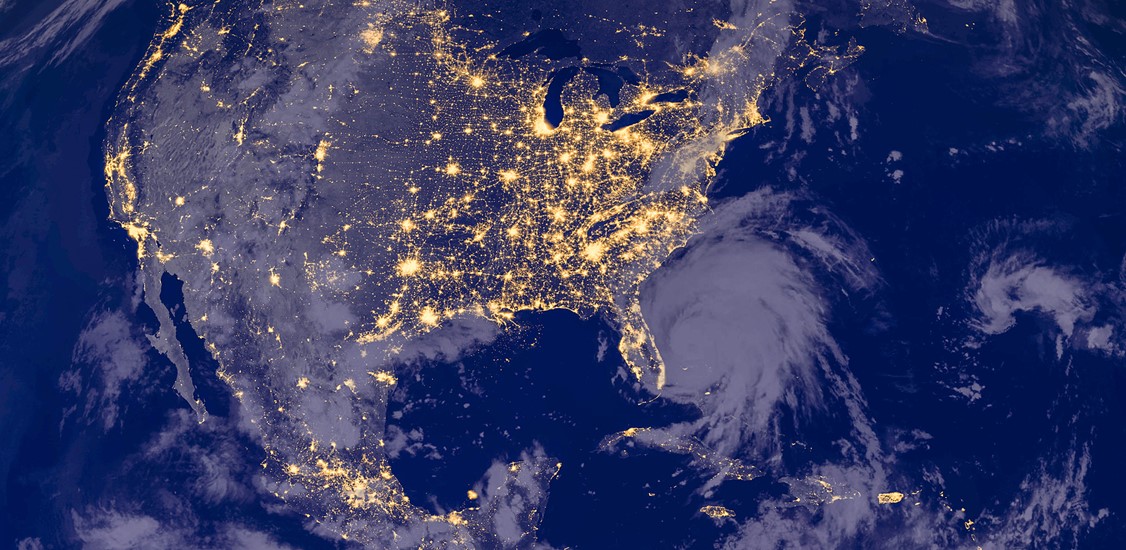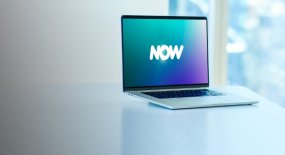New York City is the wealthiest city in the world. The total private wealth of residents of New York City totals more than $3 trillion - more than most G-20 countries. With such abundance, it’s easy to assume that the city that never sleeps doesn’t suffer the kind of high speed internet connectivity issues as, say, rural America does. This assumption, however, couldn’t be further from the truth.
In reality, the poverty rate of the city is almost twice the national average, and 45% of low-income families do not have access to the internet at home. We are just months away from 2023 - such a massive digital divide should not exist in the richest city in the world. Although the city has made efforts to get more of its citizens online, most efforts remain short-term fixes when what is actually needed is long-term solutions.
To get all residents online, city officials need to increase competition among internet service providers. In doing so, they will not only create a more equitable Big Apple, but will also stand as an example to the rest of the nation that the internet is not a luxury but a basic human right.
One step forward, two steps back: attempts to connect low-income families
The pandemic proved that internet access was an inarguable necessity. On March 20, 2020, all of the hustle and bustle of the city went entirely online. A month later, a report by the Citizens’ Committee for Children was released showing that more than 100,000 school children lived in houses without internet access.
New York City officials, however, were not blind to these issues. In January 2020, the city released its Internet Master Plan - an ambitious blueprint to address the disparities in internet connectivity and get more New Yorkers online. Plans were understandably disrupted when COVID came crashing down.
Meanwhile, great efforts were made to get disconnected students online through internet-connected iPads. By October of the following school year, however, 77,000 students were still without a device. Today, New York City students are required to stay home if they test positive, but for the thousands of students who still don’t have internet access, remote learning isn’t an option.
It is worth noting, however, that some progress has been made in the last two years. In 2021, the city signed on six companies (full disclosure, my company, Flume, was one of them) to connect New York City Housing Authority buildings to high speed internet providers. This has resulted in over 40,000 residents having high-speed access where they before had none. All homeless shelters are now providing Wi-Fi and there are also six public libraries whose card holders within range can access their Wi-Fi from the comfort of their homes.
Broadband blockades and how to break through them
Nevertheless, progress was halted this May, when the Internet Master Plan was put on pause. Instead, there is a new initiative called “Big Apple Connect” with similar aims - partnering internet service providers with NYCHA buildings to get them connected. There is, however, a glaring difference. The ISPs in the new program include Optimum and Charter, with the possibility of Verizon joining in the future.
The six ISPs (including my company, Flume) tapped under the former Master Plan were all much smaller than these behemoths. Partnering with them to fix the digital divide is like partnering with Big Oil to solve for climate change. They are largely responsible for creating the schism by holding fiber connections hostage through exclusivity clauses in contracts with local governments. Without affordable options, low-income citizens are forced to go without.
If high-speed internet connection is a right for New Yorkers, then they should also have the ability to choose from several ISPs to make the right choice for their usage needs and budgeting restraints, however, 69% of New Yorkers only have access to 2 or less ISPs.
To add more competition into the market, we need to revert back to the original plan of investing in several smaller ISPs. Firstly, this is a far more cost effective choice because smaller ISPs work with shared infrastructure, whereas the bigger incumbents are able to create these divides by owning the infrastructure and not opening it up to competition. More importantly, however, it’s in the best interest of citizens by empowering them with more choices. It also empowers local small-to-medium businesses, who are going to invest directly back into the community.
Broadband is not what luxury looks like
Back in the late 90s when the internet was a nascent tool for households, it could have been considered a luxury. Early adopters were having fun with the new world of e-commerce, information sharing, and community building. But today, our lives exist digitally just as much as they exist in the “real world.”
Time and time again, research has shown that slow internet connections or limited access can contribute to students falling behind academically. There’s a strong correlation between internet access and wealth generation. Research also highlights that in the United States, subsidizing internet access increased earnings and employment among low-income families.
When we talk about getting all New Yorkers connected, we’re not just talking about the ability to stream Netflix. We’re talking about getting vulnerable people access to resources, like applications for childcare assistance subsidies, job postings, or information on political candidates in local elections who will shape opportunities for entire communities.
Getting more of this city online is more than just bragging rights about how advanced we are. It’s a moral duty and a means to continue the promise of the American dream inscribed at the bottom of Lady Liberty.






















